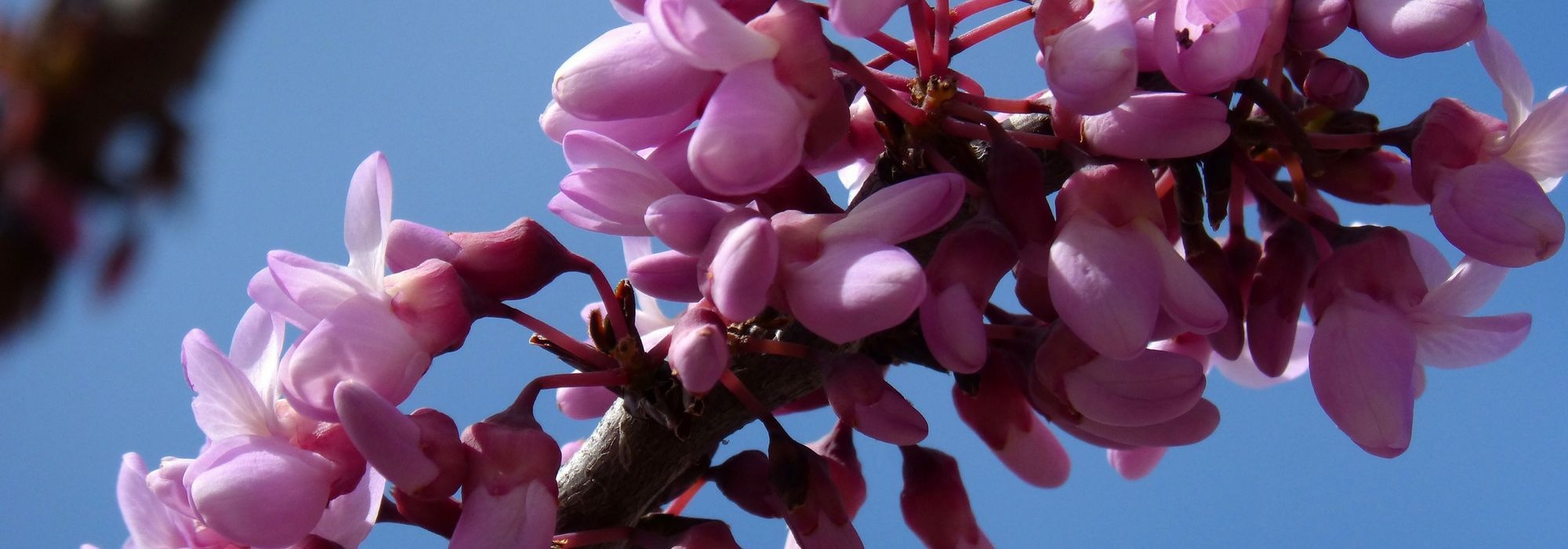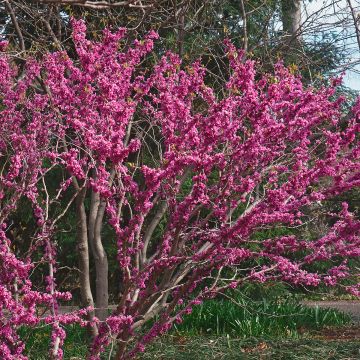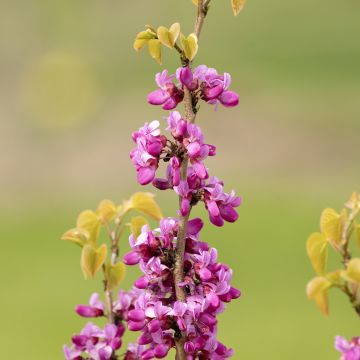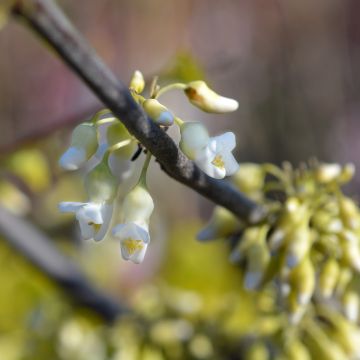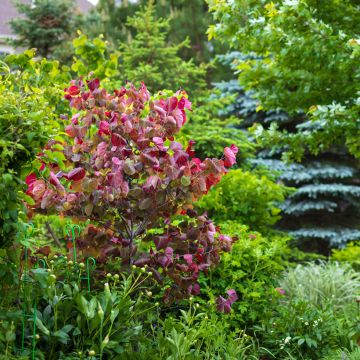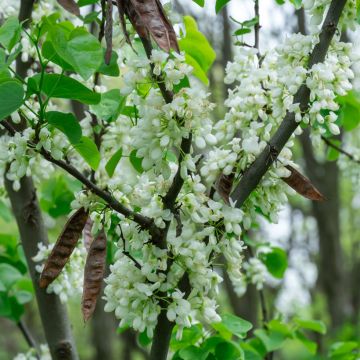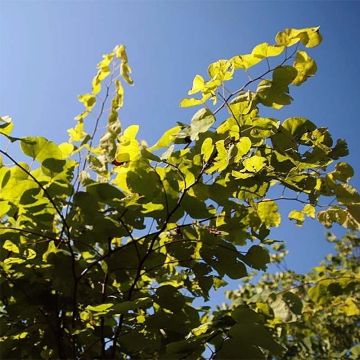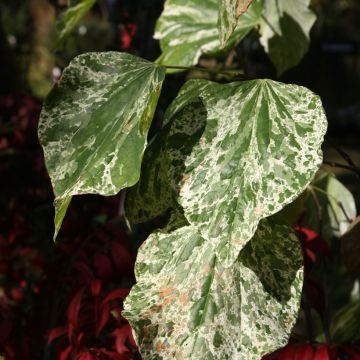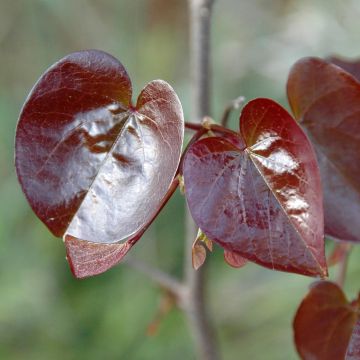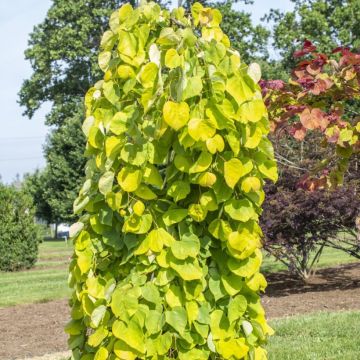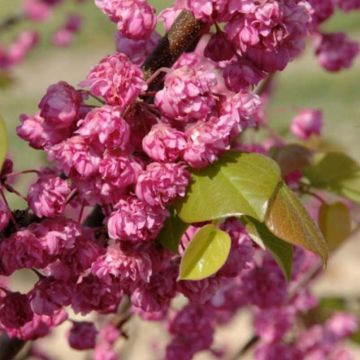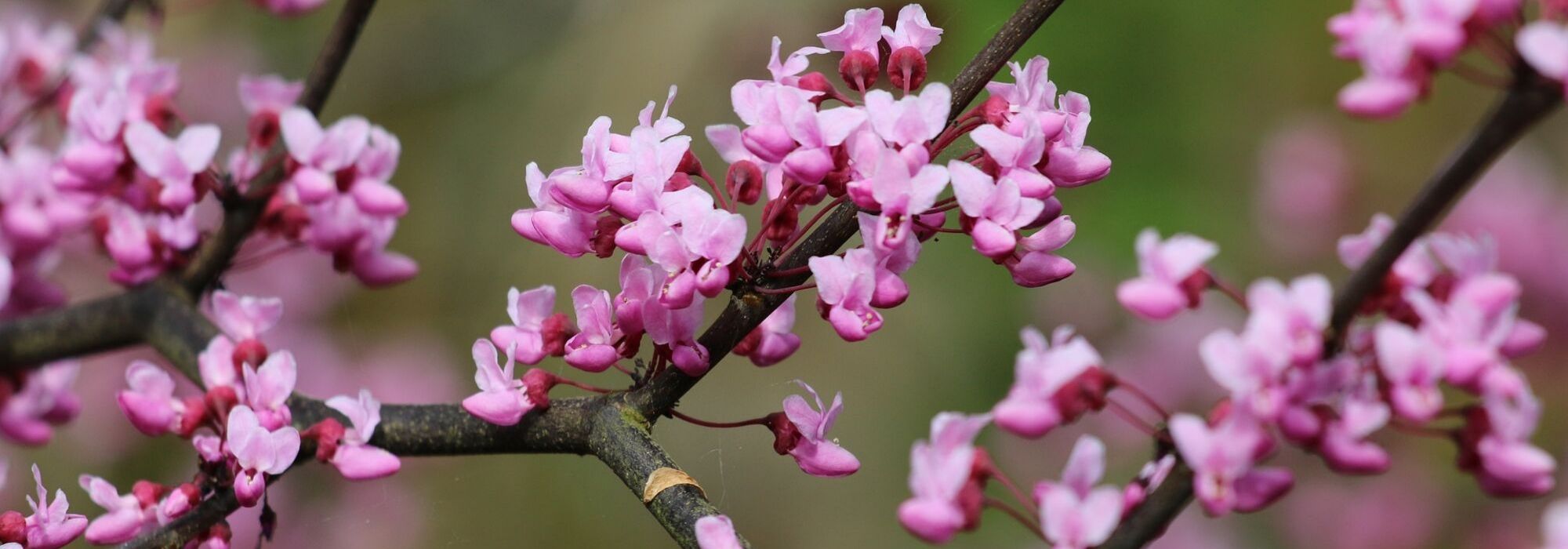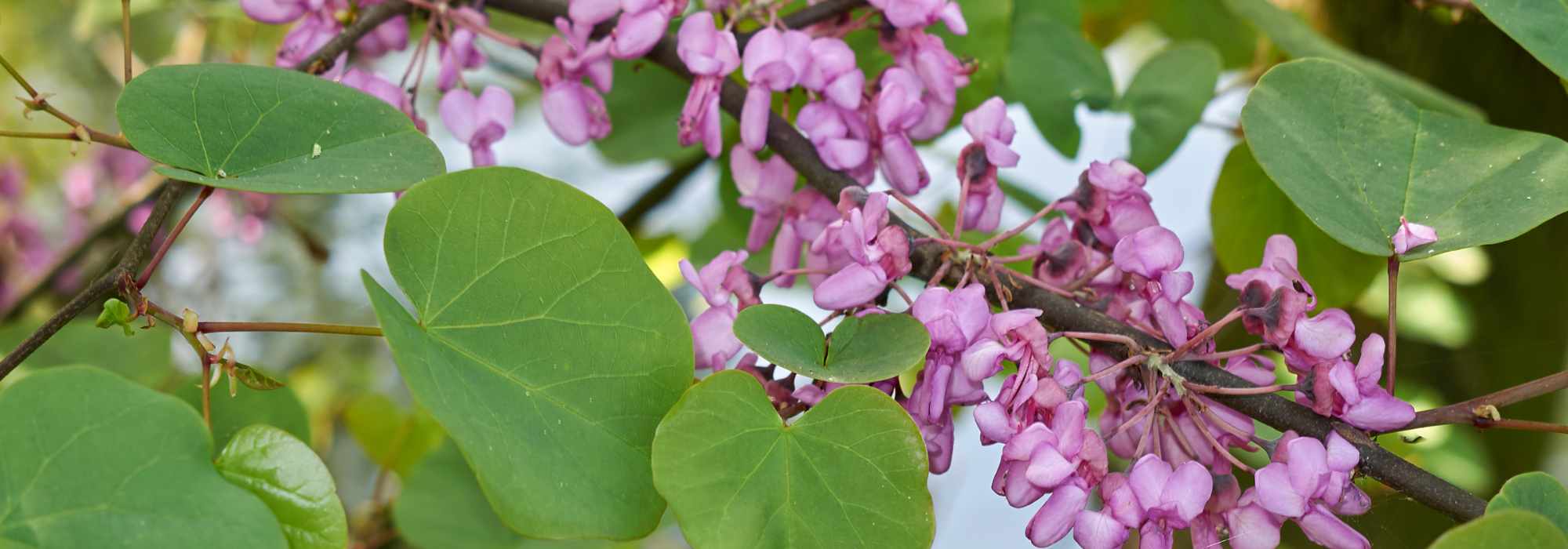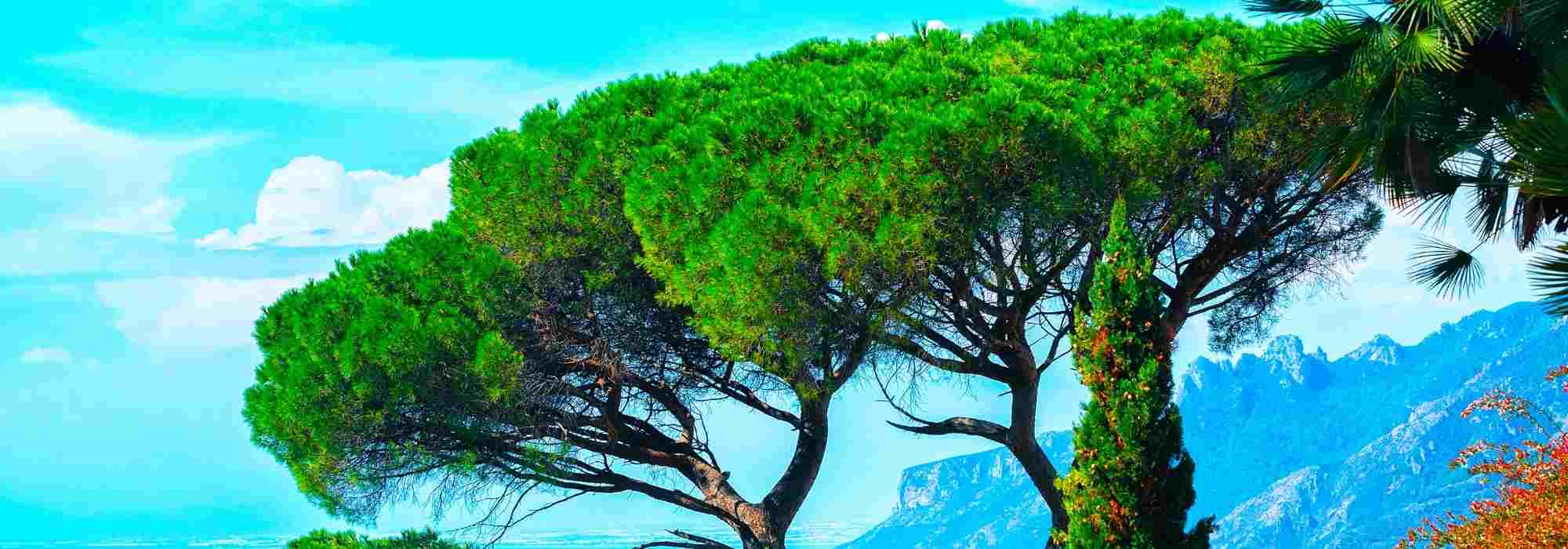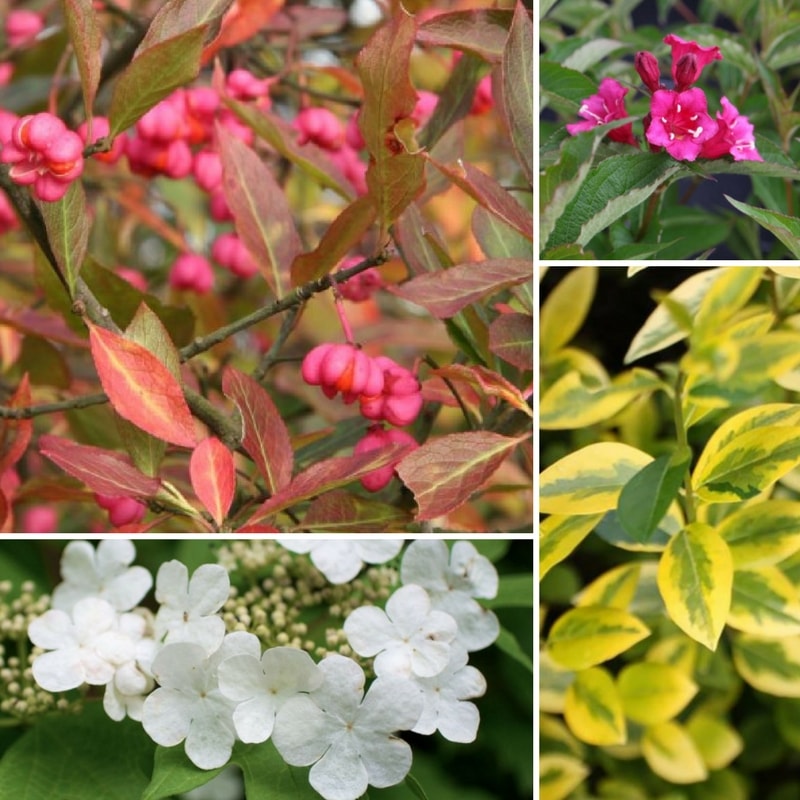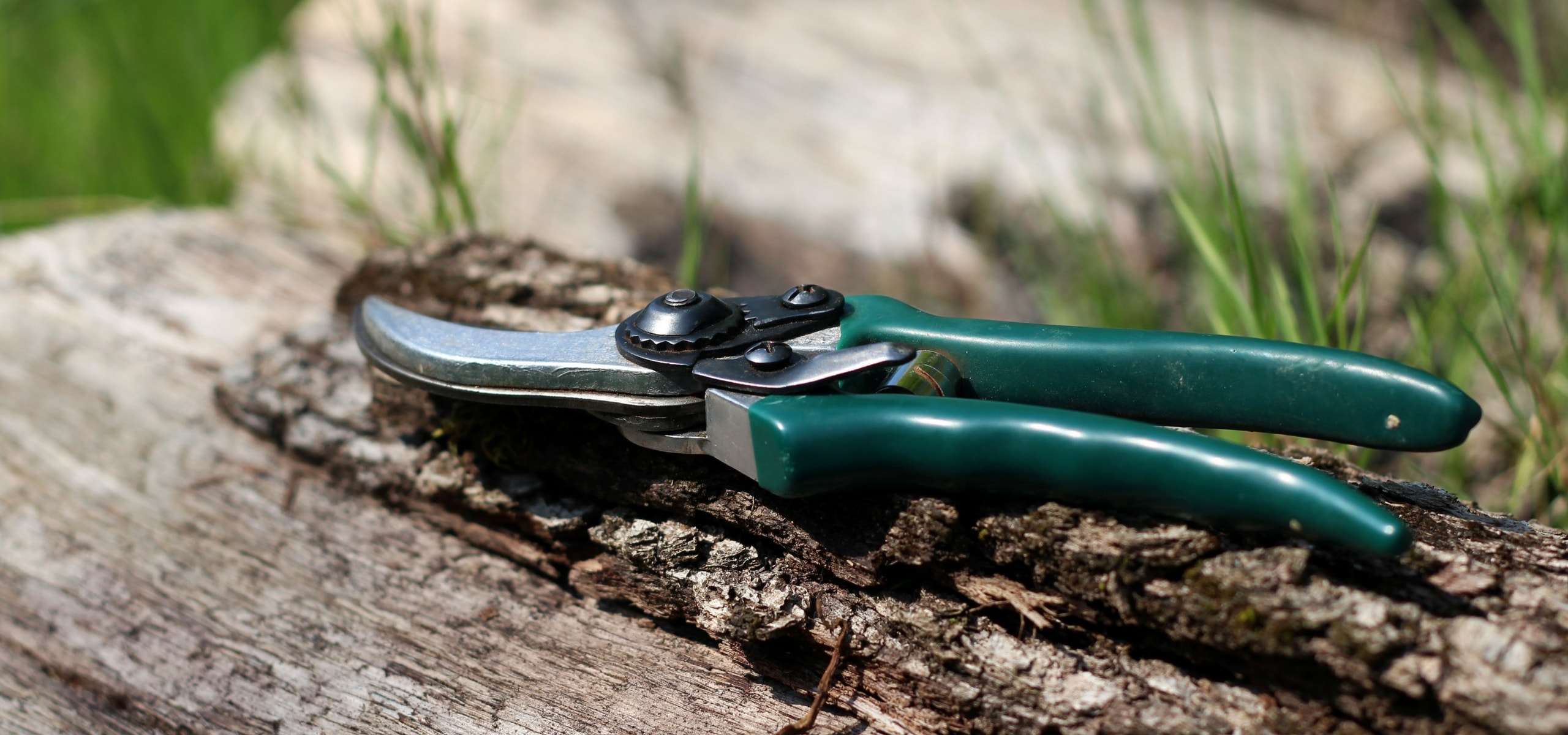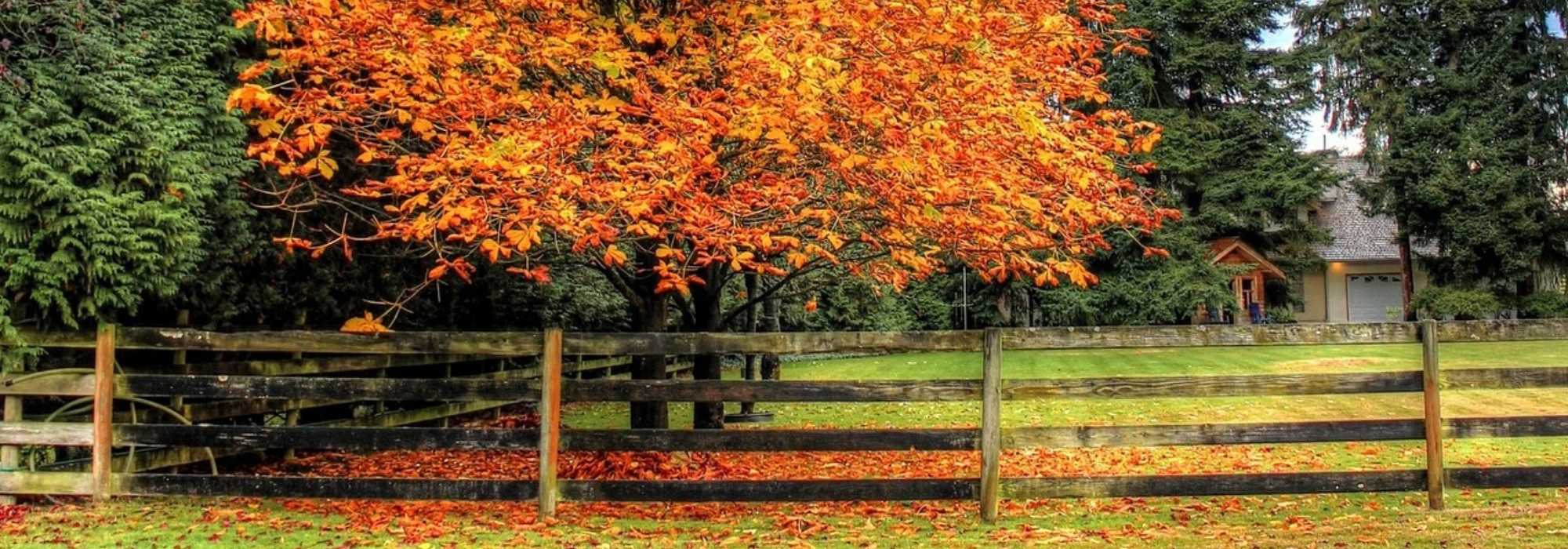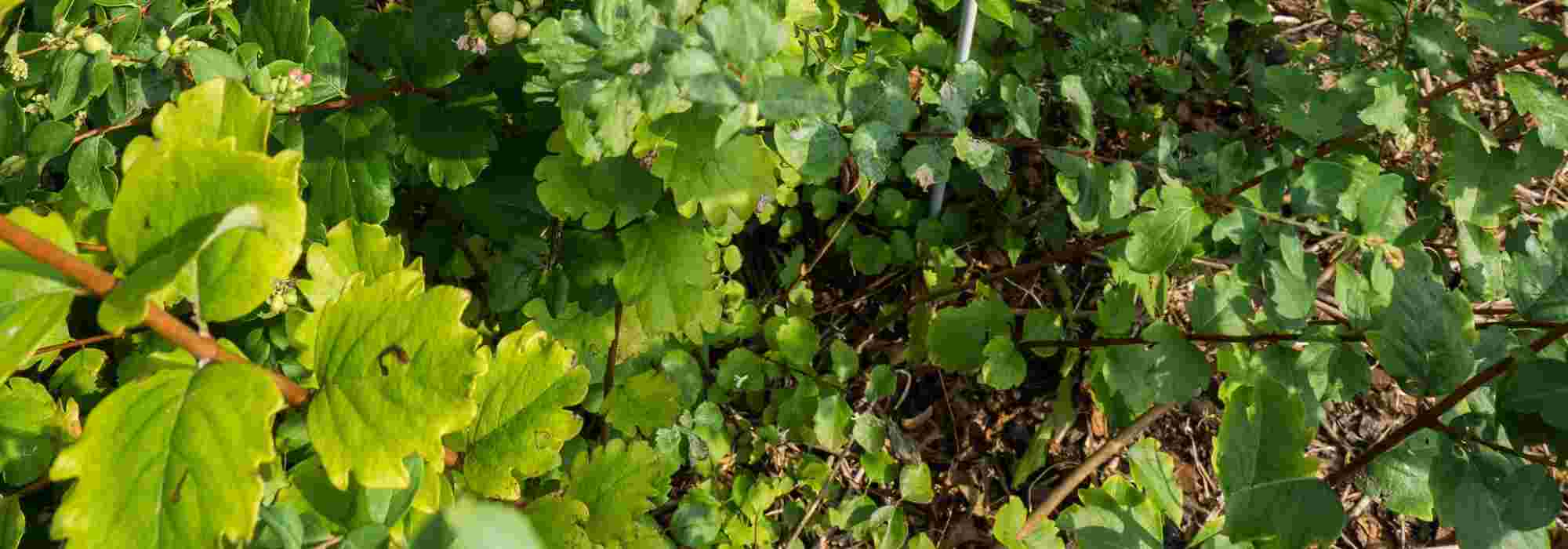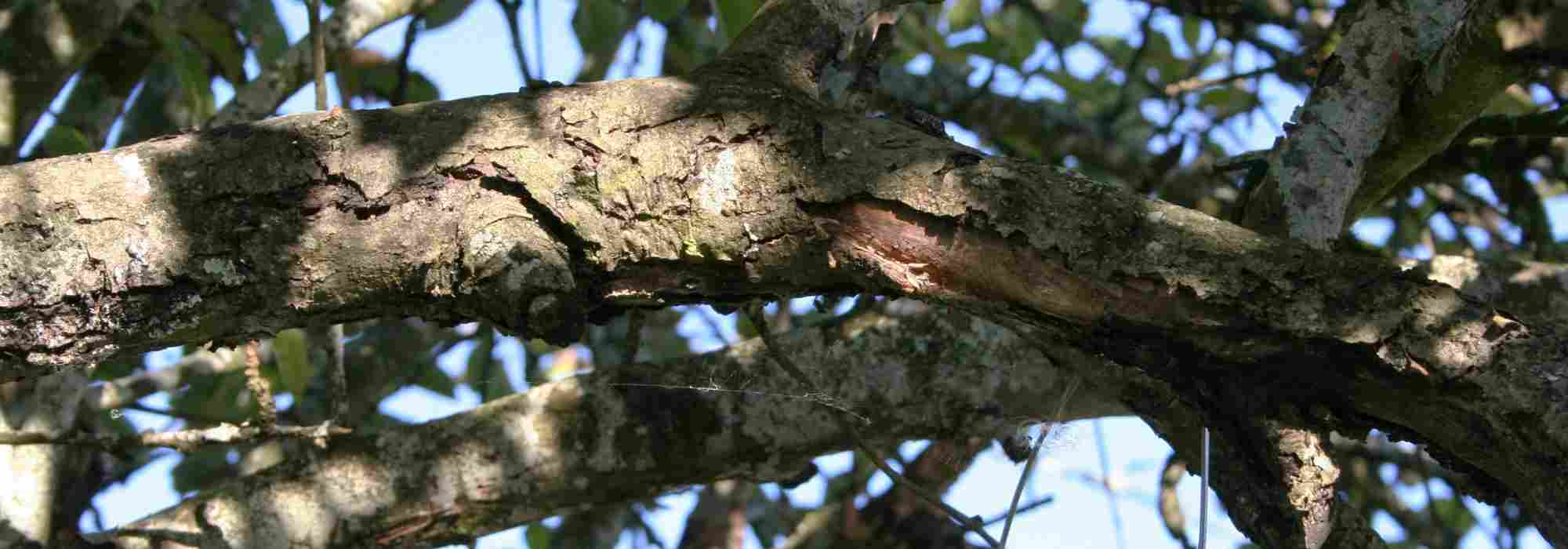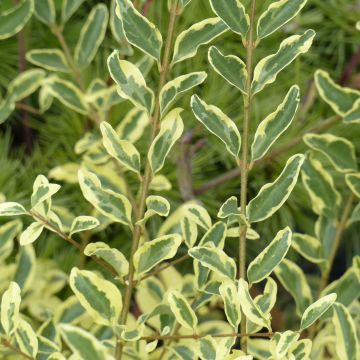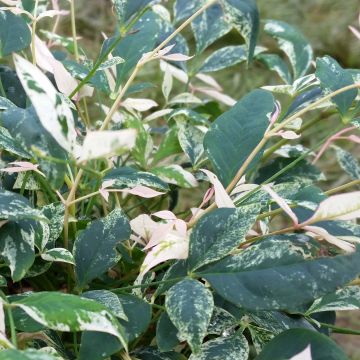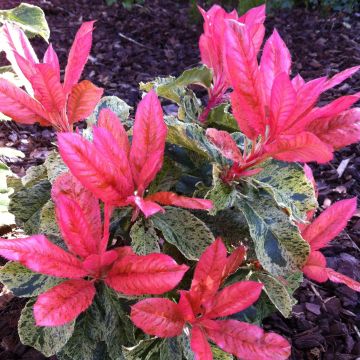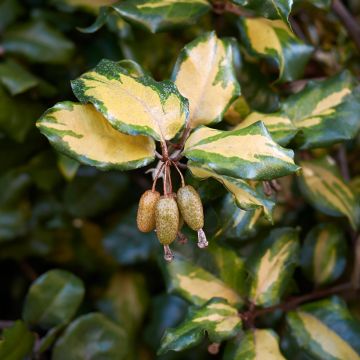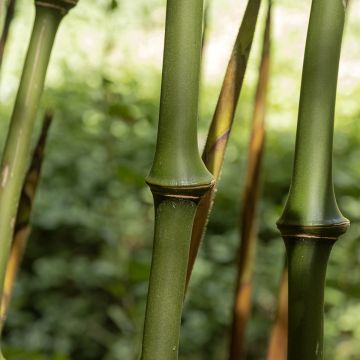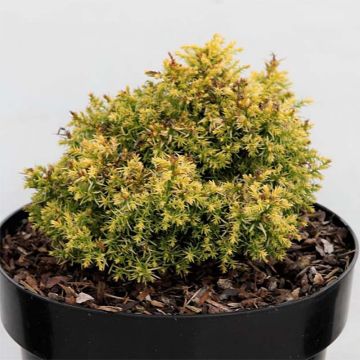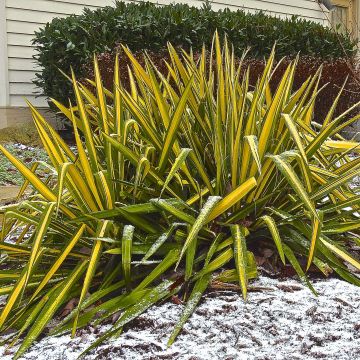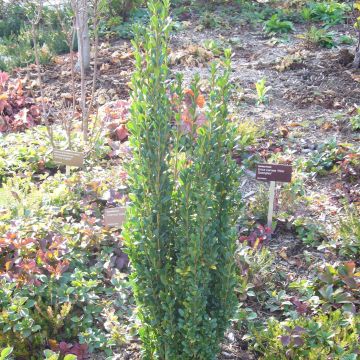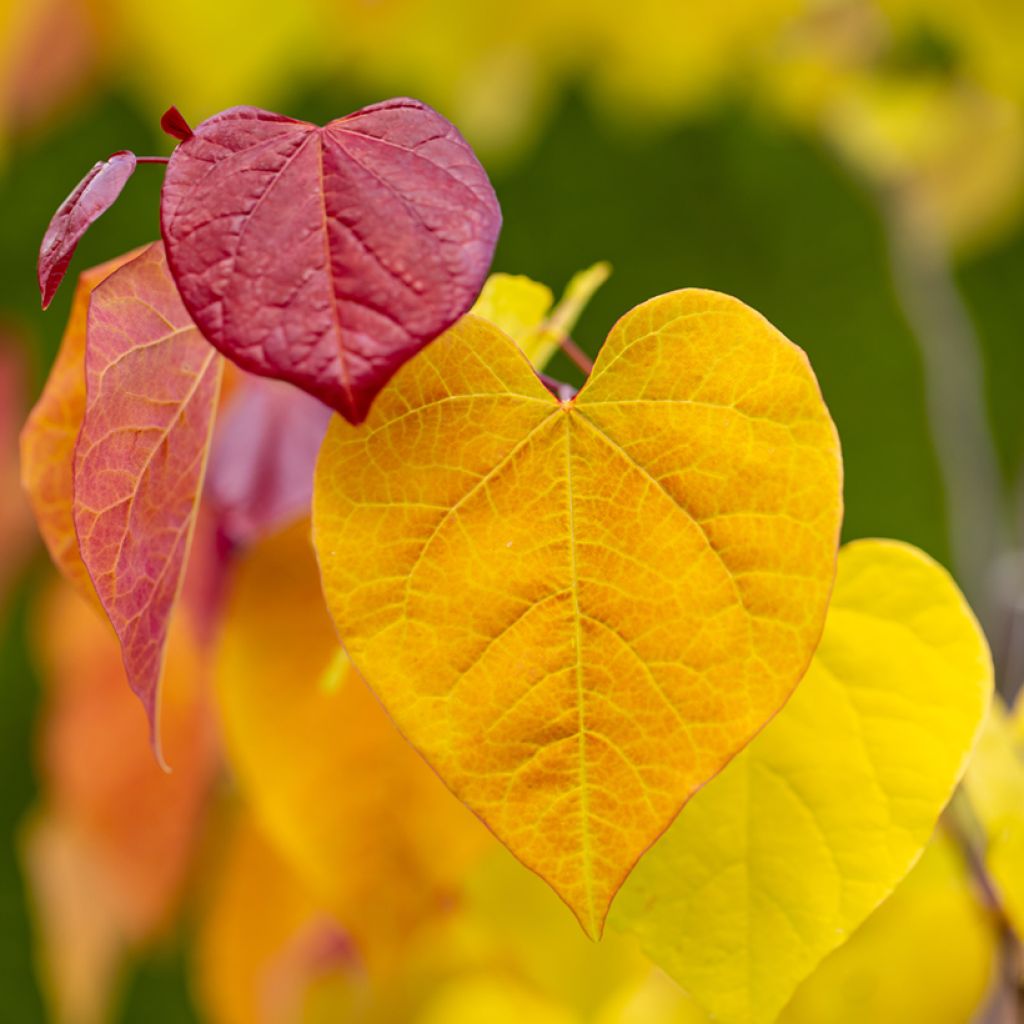

Cercis canadensis Eternal Flame - Eastern Redbud
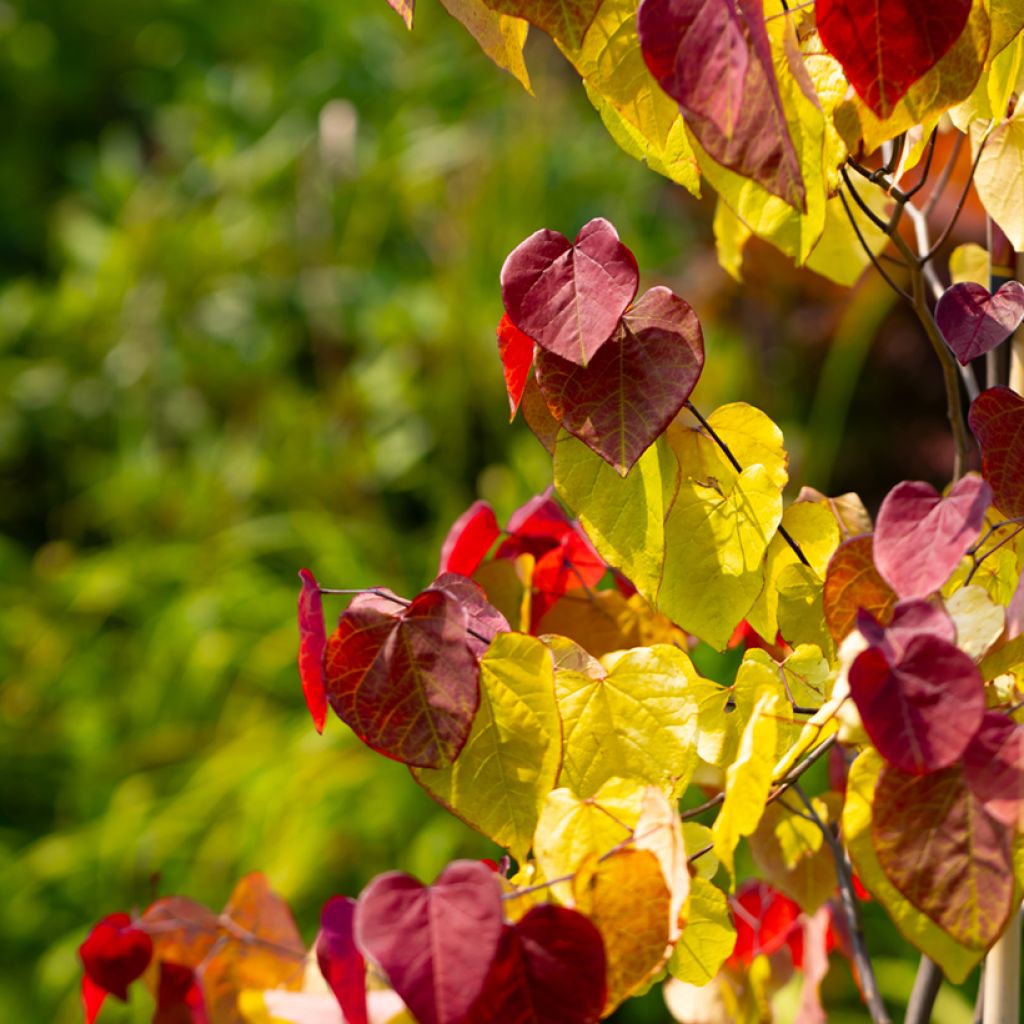

Cercis canadensis Eternal Flame - Eastern Redbud
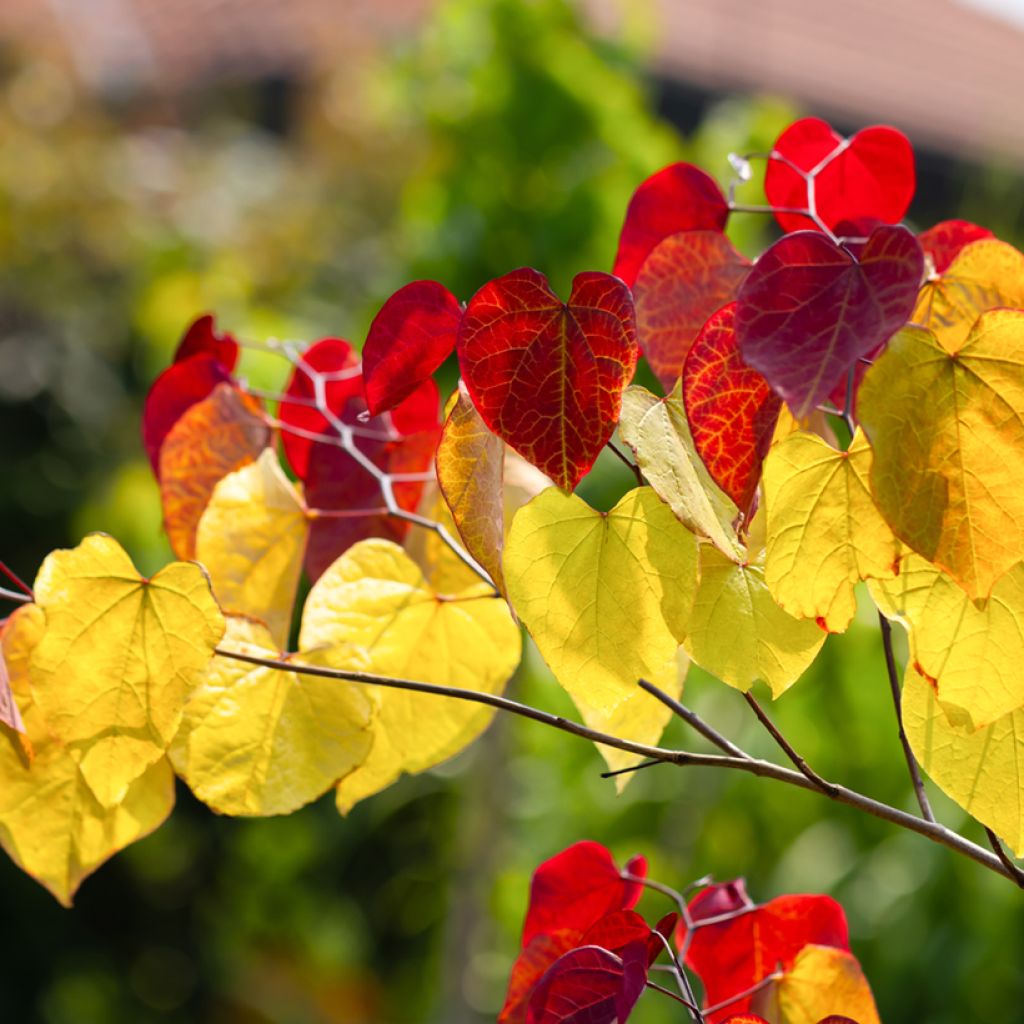

Cercis canadensis Eternal Flame - Eastern Redbud
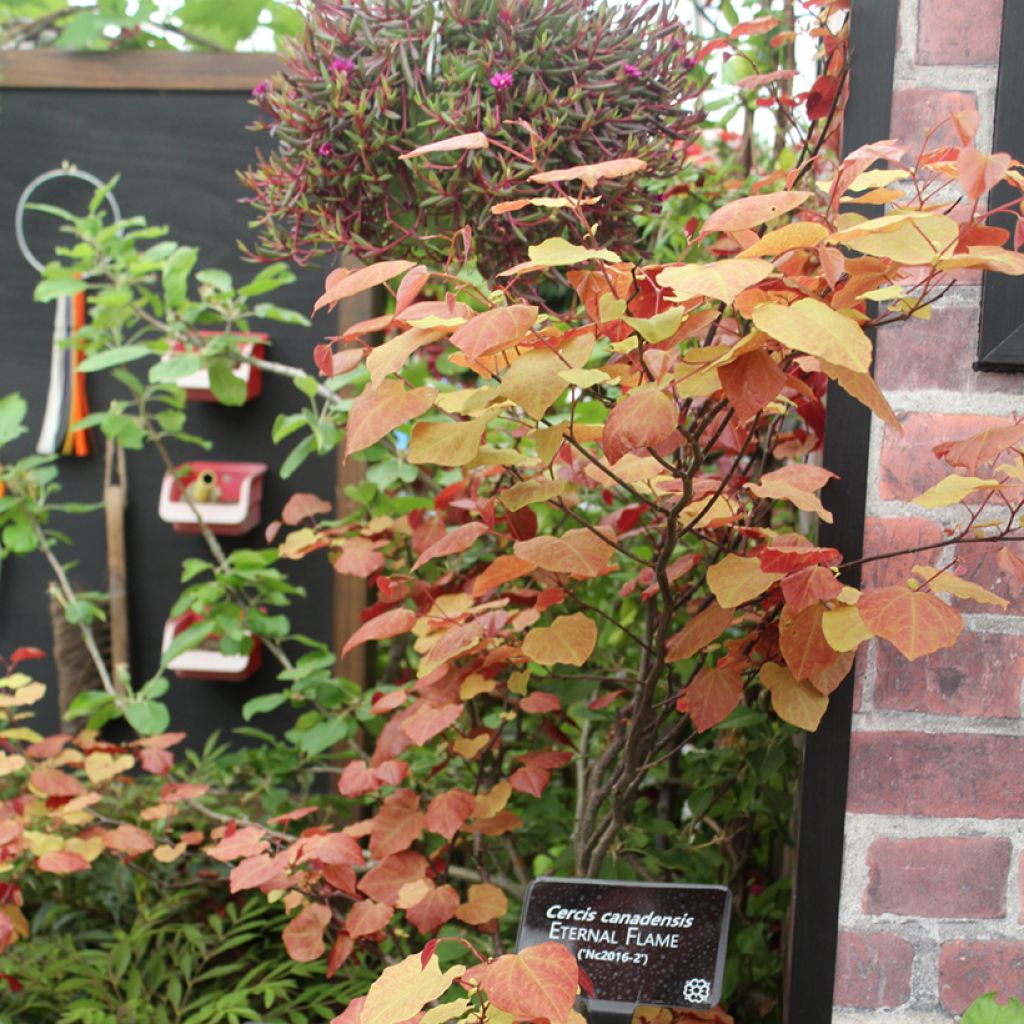

Cercis canadensis Eternal Flame - Eastern Redbud
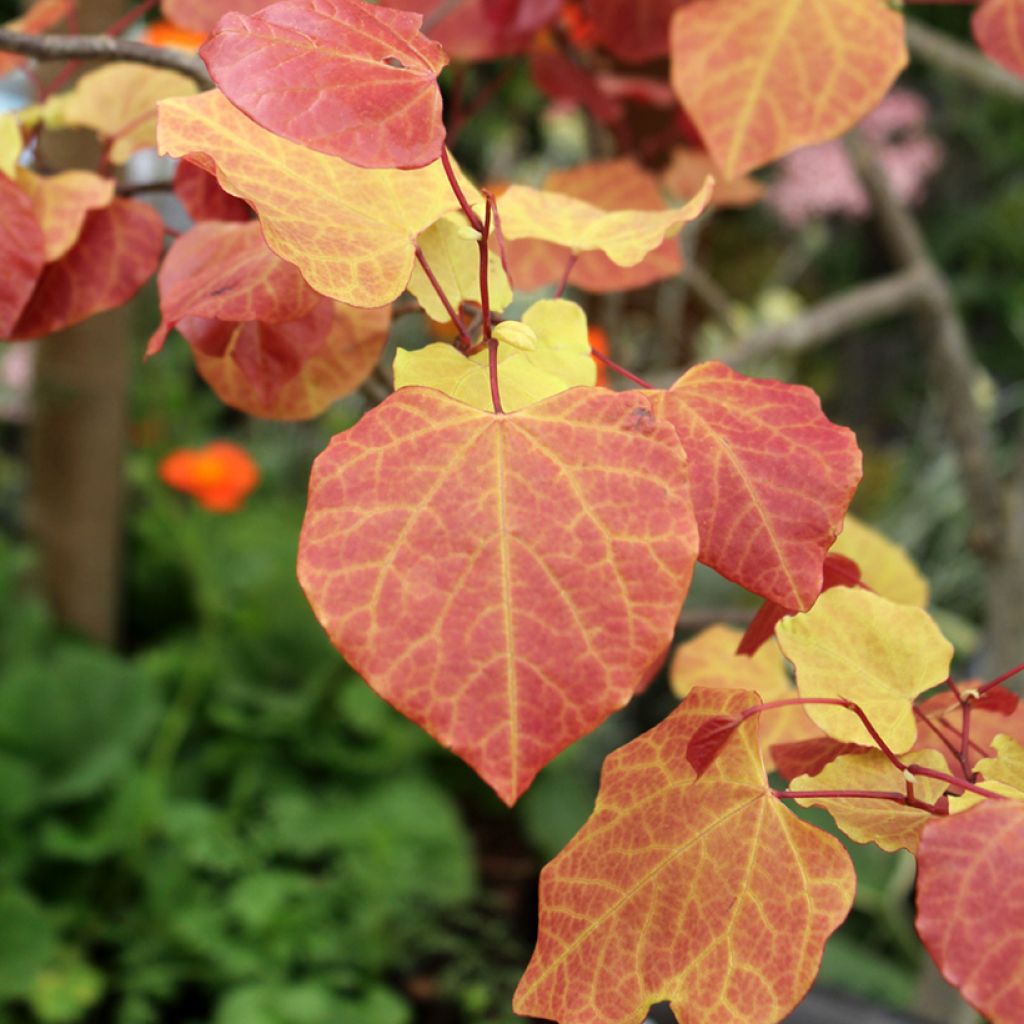

Cercis canadensis Eternal Flame - Eastern Redbud
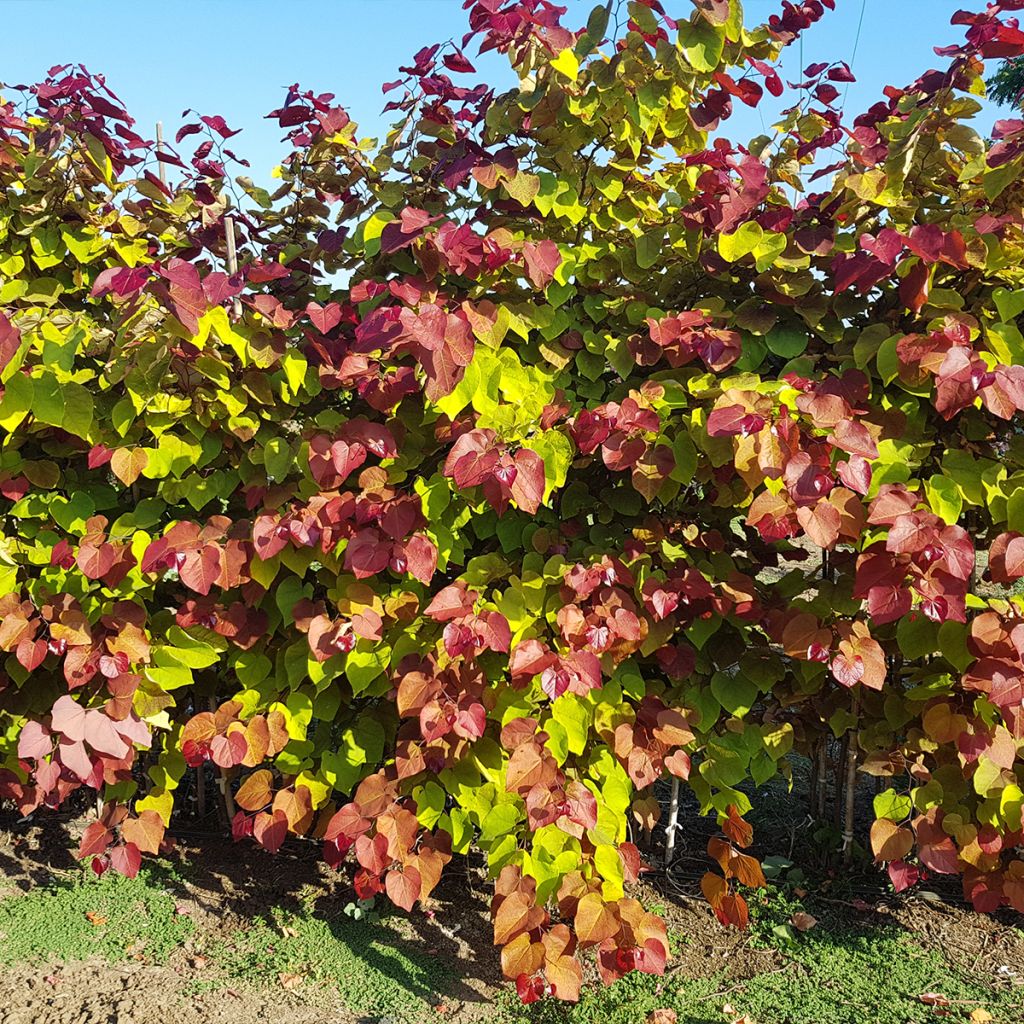

Cercis canadensis Eternal Flame - Eastern Redbud
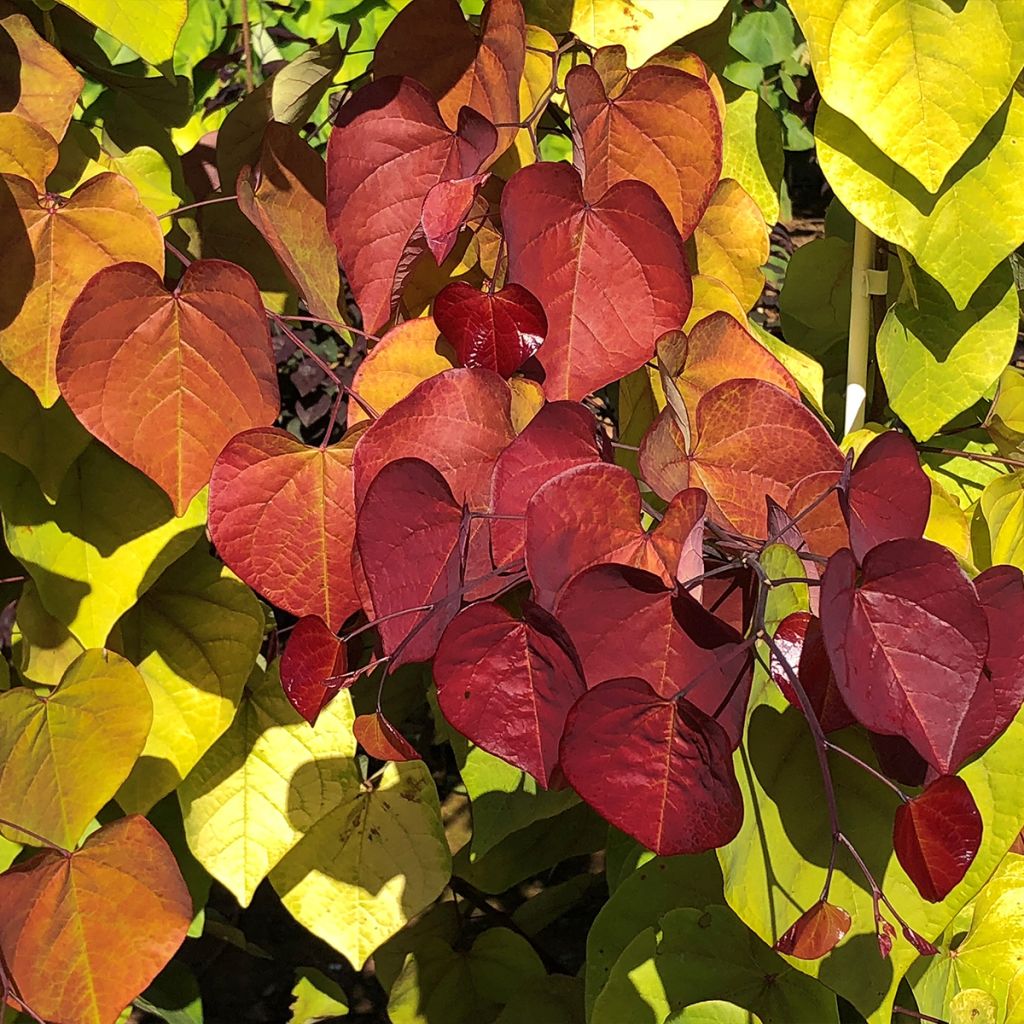

Cercis canadensis Eternal Flame - Eastern Redbud
Cercis canadensis Eternal Flame - Eastern Redbud
Cercis canadensis Eternal Flame
Eastern Redbud, Canadian Redbud, American Redbud, Judas Tree
Hello, I would like to know if it is possible to keep it in a pot? Thank you.
Perrine, 31/05/2023
Special offer!
Receive a €20 voucher for any order over €90 (excluding delivery costs, credit notes, and plastic-free options)!
1- Add your favorite plants to your cart.
2- Once you have reached €90, confirm your order (you can even choose the delivery date!).
3- As soon as your order is shipped, you will receive an email containing your voucher code, valid for 3 months (90 days).
Your voucher is unique and can only be used once, for any order with a minimum value of €20, excluding delivery costs.
Can be combined with other current offers, non-divisible and non-refundable.
Home or relay delivery (depending on size and destination)
Schedule delivery date,
and select date in basket
This plant carries a 24 months recovery warranty
More information
We guarantee the quality of our plants for a full growing cycle, and will replace at our expense any plant that fails to recover under normal climatic and planting conditions.

Would this plant suit my garden?
Set up your Plantfit profile →
Description
The Cercis canadensis 'Eternal Flame' is a variety of Canadian Redbud remarkable for its foliage that flames in the garden from spring to autumn. In spring, the purplish pink of its flowering announces spring by covering the still bare branches. Then, throughout the season, its heart-shaped leaves gradually change from dark red to orange, golden yellow, and green, creating a superb multicoloured effect on each branch and the entire plant. In winter, the fallen leaves reveal the twisted branches of this small tree covered with dark bark.
The Cercis canadensis 'Eternal Flame' belongs to the Fabaceae family (formerly known as Papilionaceae), and it is a horticultural variety developed in the USA at the North Carolina State University. The species, highly resistant to frost, is native to the eastern and central United States. The growth of this small tree is quite slow, and its adult size will not exceed 3.50 m (11 ft 6 in) in height and 2.50 m (8 ft 2 in) in width. If regularly pruned, the Canadian redbud forms a large bush with multiple trunks. It is a small tree with a rounded habit, slightly taller than wide. The flowers appear before the leaves, in April depending on the climate, directly on the branches, even those that are only one year old. They are pea-shaped flowers, purplish pink, visible from afar. The fruits, in the form of flattened pods, are rarely present on this variety. The foliage, slightly glossy, emerges dark red, then turns shades of orange and yellow, eventually maturing to chartreuse green and then green. In moist soil, new shoots form throughout the season, allowing the foliage to maintain its four-colour appearance. The leaves are heart-shaped, rounded, thick, and smooth. The deciduous foliage falls in autumn. The branches of old specimens branch towards the ground. Its bark is dark in colour.
This Canadian Redbud or Judas tree Eternal Flame is easy to grow and accepts any type of soil as long as it is deep and not too dry. This small tree can be planted alone or used to shade a mass of heather, camellias, and pieris in acidic soil. In neutral or chalky, well-drained soil, use it, for example, in a mixed hedge, accompanied by the Montpellier maple, the smokebush Cotinus, and the winged euonymus to create a vibrant grove from September to November.
Cercis canadensis Eternal Flame - Eastern Redbud in pictures
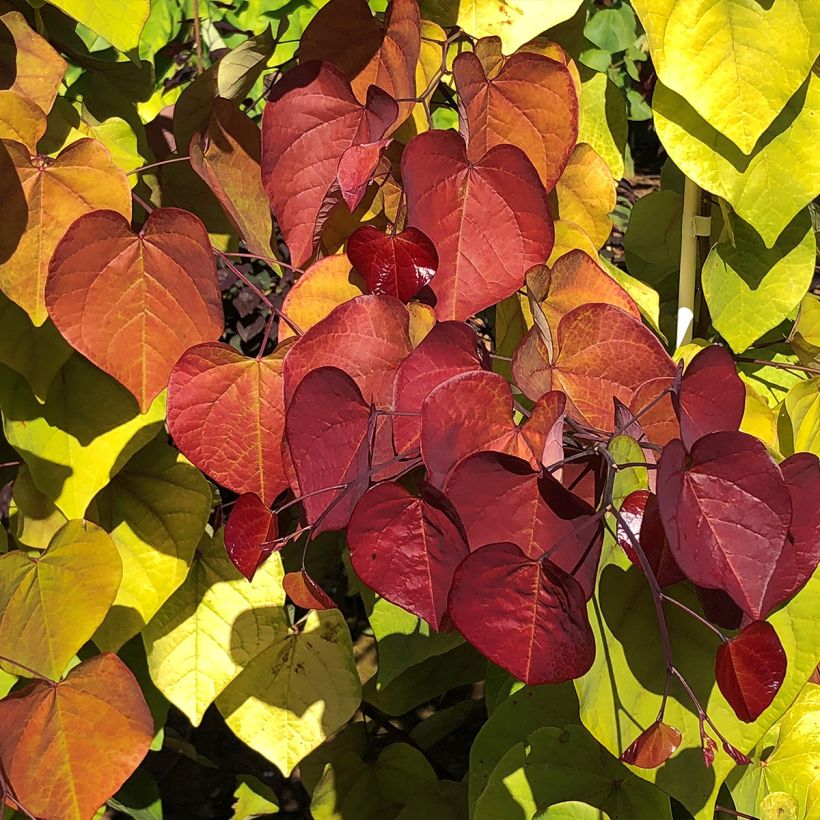



Plant habit
Flowering
Foliage
Botanical data
Cercis
canadensis
Eternal Flame
Fabaceae
Eastern Redbud, Canadian Redbud, American Redbud, Judas Tree
Cultivar or hybrid
Other Cercis
View all →Planting and care
The Cercis canadensis 'Eternal Flame' accepts sun or partial shade (in very hot and sunny regions). It is not very demanding on the nature of the soil, as long as it is rich and retains some moisture in summer. In poor soil, enrich the planting soil with good compost or potting soil. Water it regularly during the first year in case of drought, as it does not tolerate drying out. It can grow in any type of soil, but prefers neutral or slightly acidic soils. It is perfectly hardy, but young shoots may suffer from severe frost in early spring. Protection with horticultural fleece may be useful in the first few years in case of a severe cold spell in March. Pruning, if necessary, should be done after flowering.
Planting period
Intended location
Care
Planting & care advice
-
, onOrder confirmed
Reply from on Promesse de fleurs
Similar products
Haven't found what you were looking for?
Hardiness is the lowest winter temperature a plant can endure without suffering serious damage or even dying. However, hardiness is affected by location (a sheltered area, such as a patio), protection (winter cover) and soil type (hardiness is improved by well-drained soil).

Photo Sharing Terms & Conditions
In order to encourage gardeners to interact and share their experiences, Promesse de fleurs offers various media enabling content to be uploaded onto its Site - in particular via the ‘Photo sharing’ module.
The User agrees to refrain from:
- Posting any content that is illegal, prejudicial, insulting, racist, inciteful to hatred, revisionist, contrary to public decency, that infringes on privacy or on the privacy rights of third parties, in particular the publicity rights of persons and goods, intellectual property rights, or the right to privacy.
- Submitting content on behalf of a third party;
- Impersonate the identity of a third party and/or publish any personal information about a third party;
In general, the User undertakes to refrain from any unethical behaviour.
All Content (in particular text, comments, files, images, photos, videos, creative works, etc.), which may be subject to property or intellectual property rights, image or other private rights, shall remain the property of the User, subject to the limited rights granted by the terms of the licence granted by Promesse de fleurs as stated below. Users are at liberty to publish or not to publish such Content on the Site, notably via the ‘Photo Sharing’ facility, and accept that this Content shall be made public and freely accessible, notably on the Internet.
Users further acknowledge, undertake to have ,and guarantee that they hold all necessary rights and permissions to publish such material on the Site, in particular with regard to the legislation in force pertaining to any privacy, property, intellectual property, image, or contractual rights, or rights of any other nature. By publishing such Content on the Site, Users acknowledge accepting full liability as publishers of the Content within the meaning of the law, and grant Promesse de fleurs, free of charge, an inclusive, worldwide licence for the said Content for the entire duration of its publication, including all reproduction, representation, up/downloading, displaying, performing, transmission, and storage rights.
Users also grant permission for their name to be linked to the Content and accept that this link may not always be made available.
By engaging in posting material, Users consent to their Content becoming automatically accessible on the Internet, in particular on other sites and/or blogs and/or web pages of the Promesse de fleurs site, including in particular social pages and the Promesse de fleurs catalogue.
Users may secure the removal of entrusted content free of charge by issuing a simple request via our contact form.
The flowering period indicated on our website applies to countries and regions located in USDA zone 8 (France, the United Kingdom, Ireland, the Netherlands, etc.)
It will vary according to where you live:
- In zones 9 to 10 (Italy, Spain, Greece, etc.), flowering will occur about 2 to 4 weeks earlier.
- In zones 6 to 7 (Germany, Poland, Slovenia, and lower mountainous regions), flowering will be delayed by 2 to 3 weeks.
- In zone 5 (Central Europe, Scandinavia), blooming will be delayed by 3 to 5 weeks.
In temperate climates, pruning of spring-flowering shrubs (forsythia, spireas, etc.) should be done just after flowering.
Pruning of summer-flowering shrubs (Indian Lilac, Perovskia, etc.) can be done in winter or spring.
In cold regions as well as with frost-sensitive plants, avoid pruning too early when severe frosts may still occur.
The planting period indicated on our website applies to countries and regions located in USDA zone 8 (France, United Kingdom, Ireland, Netherlands).
It will vary according to where you live:
- In Mediterranean zones (Marseille, Madrid, Milan, etc.), autumn and winter are the best planting periods.
- In continental zones (Strasbourg, Munich, Vienna, etc.), delay planting by 2 to 3 weeks in spring and bring it forward by 2 to 4 weeks in autumn.
- In mountainous regions (the Alps, Pyrenees, Carpathians, etc.), it is best to plant in late spring (May-June) or late summer (August-September).
The harvesting period indicated on our website applies to countries and regions in USDA zone 8 (France, England, Ireland, the Netherlands).
In colder areas (Scandinavia, Poland, Austria...) fruit and vegetable harvests are likely to be delayed by 3-4 weeks.
In warmer areas (Italy, Spain, Greece, etc.), harvesting will probably take place earlier, depending on weather conditions.
The sowing periods indicated on our website apply to countries and regions within USDA Zone 8 (France, UK, Ireland, Netherlands).
In colder areas (Scandinavia, Poland, Austria...), delay any outdoor sowing by 3-4 weeks, or sow under glass.
In warmer climes (Italy, Spain, Greece, etc.), bring outdoor sowing forward by a few weeks.






























